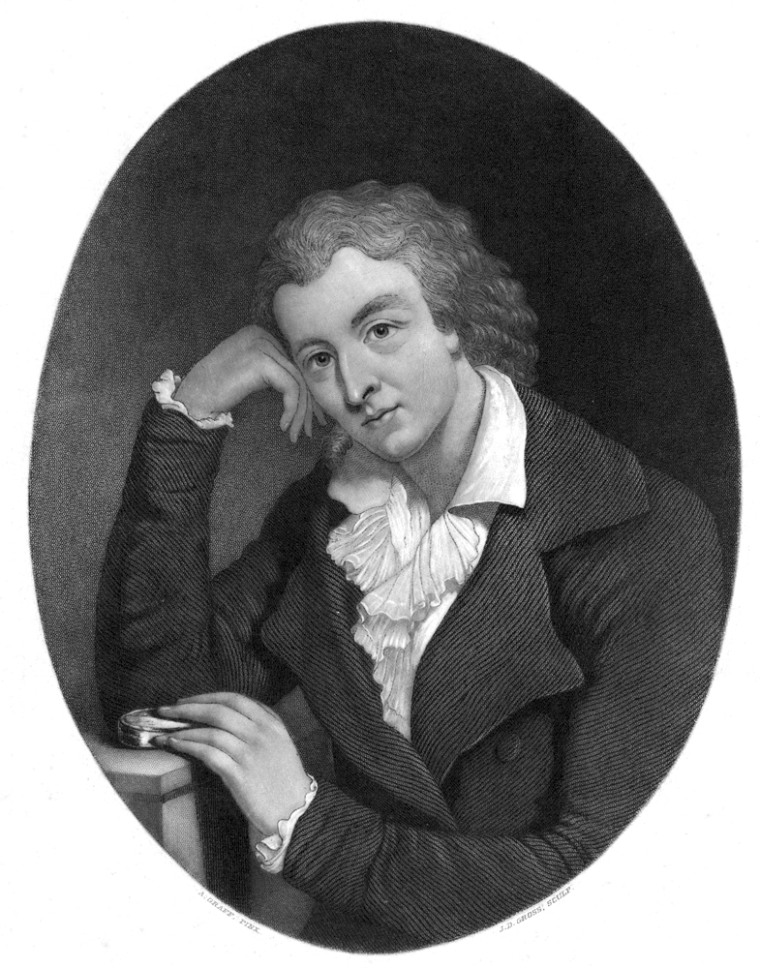Who is buried in Friedrich Schiller's tomb? Several people, apparently, but none of them the famous poet and playwright, according to new research.
After two years of painstaking DNA research, experts have determined that none of the remains billed as those of Schiller belong to the German writer, who died in Weimar in 1805, Germany's MDR television reported. The study, dubbed "The Friedrich Schiller Code," was undertaken by the television station, the Foundation of Weimar Classics and an international team of scientists.
"Two years ago I was certain that we would prove that it was him; now we have proved the opposite," said foundation president Hellmut Seemann, whose organization oversees the Schiller archives and exhibitions. He spoke on an MDR documentary about the study that was broadcast Saturday night, before of the official release of the results on Monday.
"But the most important thing is, and I said it at the time: We should have no fear of wanting to know what we can about the Schiller remains," he added. "And I am now happy that it is a clear result."
The DNA results add another chapter to a mystery that dates back to 1826, just 21 years after Schiller died, when it was decided that he needed a new resting place.
Schiller's remains had been interred in a mausoleum in Weimar's Jacobs cemetery that the state kept for distinguished citizens. But the remains were mixed with others, and when a total of 23 skulls were found, the city's mayor, Carl Leberecht Schwabe — a Schiller fan — declared that the biggest must have been that of the philosophic writer.
A skeleton believed to match the skull was then put together with it, and both were buried in 1827 in the city's Fuerstengruft cemetery. Germany's most revered writer, Johann Wolfgang von Goethe — who was Schiller's friend — was buried in a crypt alongside him in 1832, and today the site is visited by some 60,000 people per year.
But in 1911, Schiller researcher August von Froriep unearthed another skull that he said was that of the writer, and later claims emerged about still another skull.
According to the DNA results, however, none of the skulls were matches, MDR reported. The researchers used comparison samples taken from the remains of two of Schiller's sisters and two of his sons.
The results showed that the original Schiller skull belonged to an unidentified person, and that the "matching" skeleton was actually the bones of several other unidentified people, MDR reported.
The other two skulls also did not match, raising a new question: Where's Schiller?
Seemann said he thinks that the remains must still be in the original Jacobs cemetery — but added that his organization would not be taking part in any new search for them.
